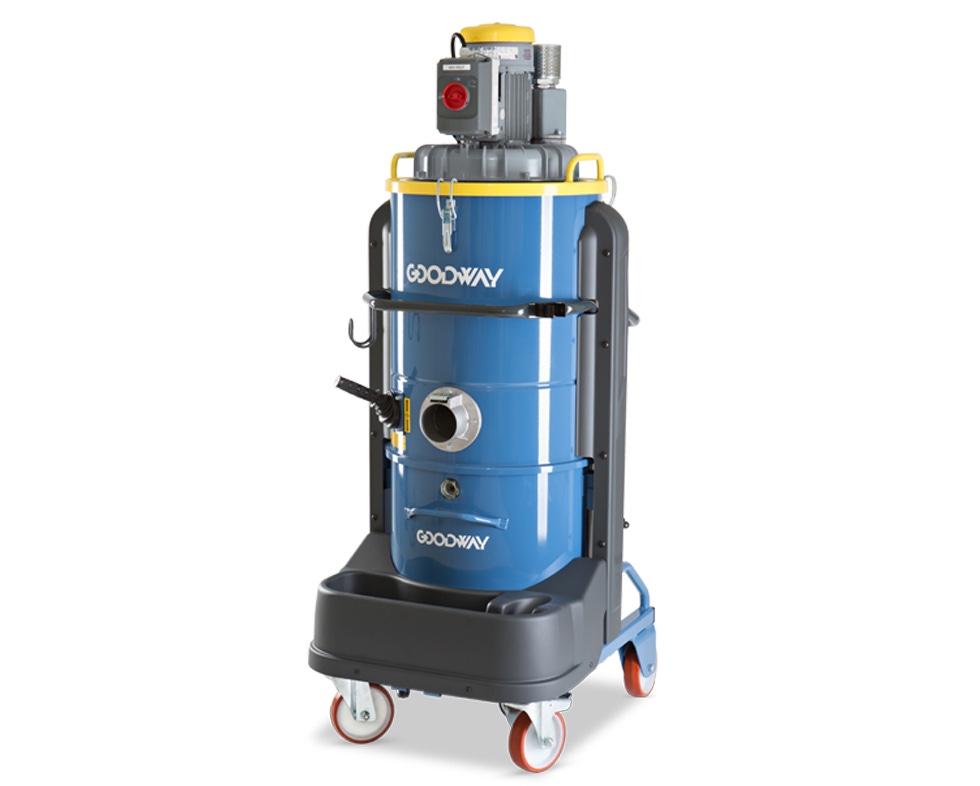

The reality, however, is that the chiller’s efficiency improves with cold condensing water, which comes from the cooling tower. Consequently, more attention is paid to the chiller than the cooling tower in most facilities. Chillers use about five times the energy of the cooling tower. Many people overlook the importance of the cooling tower to the overall energy efficiency of a building’s cooling system. Cooling towers come in all sizes from as small as a minivan to as large as a three story building covering the area of a football field. The induced draft counter flow cooling tower is probably the most common. In cross flow cooling towers, the air enters the side of the tower and travels perpendicularly to the water stream. In counter flow cooling towers, the air enters at the bottom of the tower and travels up in the opposite direction of the water stream. In forced draft cooling towers, the fan is mounted on the side of the tower and is used to “push” air through the tower. In induced draft cooling towers, the fan is mounted at the top of the tower and is used to “pull” air through the tower. Forced draft cross flow cooling towers.Induced draft cross flow cooling towers.Forced draft counter flow cooling towers.Induced draft counter flow cooling towers.This is not a problem with the vast majority of cooling towers in service today.Ĭooling towers come in four main types. In some older cooling towers, the access opening is under the water level of the basin which requires the basin to be drained before entry. Each cell has an access door or panel for entry into the basin. Each cell is independent and has its own fan, fill and basin. For each chiller served by the cooling tower, there is a “cell” in the tower.

Other components are also used in cooling towers such as float valves, filters, strainers, etc., but these are the basics.Ī single cooling tower can be used to supply chilled water to one or several chillers. A basin to capture and store the cooled water.The fill to expose the water surface to the air stream.A fan to move outside air through the tower.Spray nozzles to distribute the water over the fill.A pump to bring the water to the top of the tower.Most of today’s cooling towers are made using the same basic components: The water, cooled by partial evaporation, then falls into a basin at the bottom and is circulated back to the chiller to start the process all over again. As the water drops through the fill, fresh air from outside the cooling tower is forced through the tower. The purpose of the fill is to expose as much of the water’s surface as possible. The warm water returning from the chillers is pumped to the top of the tower and distributed by spray nozzles over a medium known as “fill”. This article will concentrate on the air conditioning application of cooling towers. They are also used in process industries to cool materials. Cooling towers are primarily used to cool water in air conditioning systems.


 0 kommentar(er)
0 kommentar(er)
